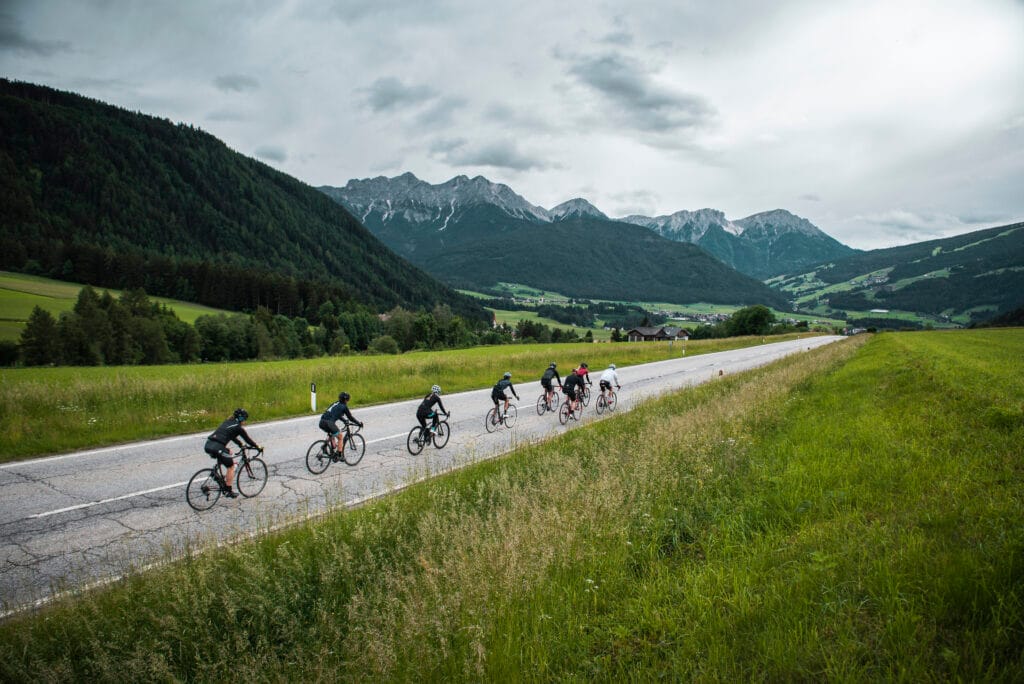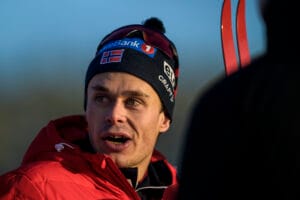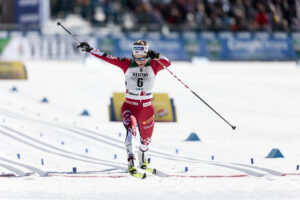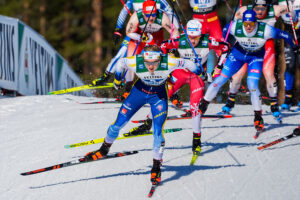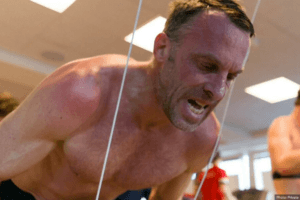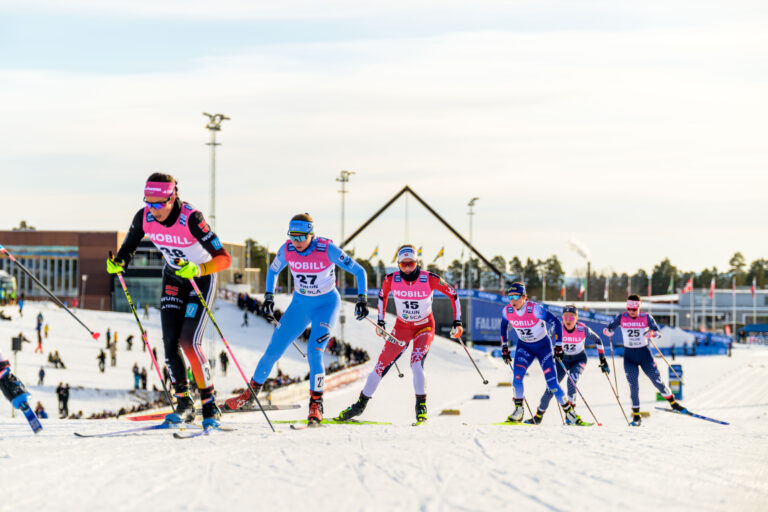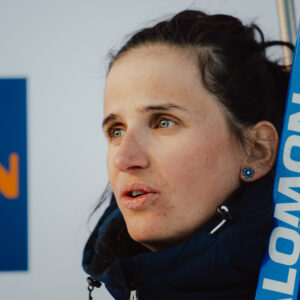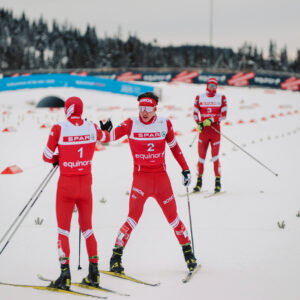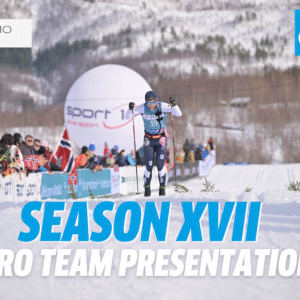Cycling as a training method – How well does it suit a skier?
Cycling as part of cross-country ski training? It’s a topic that brings out strong and divided opinions. Some cross-country skiers claim that cycling doesn’t count as proper training, while others swear by it, logging hundreds of kilometers on their bikes each week. So, is cycling actually beneficial for a skier?
Cycling is a good summer training option for skiers as well. Langrenn.com spoke with experienced coach Steinar Mundal about the topic. Mundal has spent his life coaching at the national team level in both cross-country skiing and biathlon in Norway and internationally. He has overseen the training of stars such as Vibeke Skofterud, Martin Johnsrud Sundby, and Petter Northug. He has also coached the Team Telemark squad, which included Even Northug (Petter’s brother), Mikael Gunnulfsen, and Kari Øyre Slind.
Mundal believes cycling is an effective training method for skiers during the dryland training season.
“The popularity of cycling among skiers tends to go in waves. There was a time, especially in the 1990s, when national teams cycled a lot more than they do now. With athletes like Thomas Alsgaard, Tor-Arne Hetland, and Anders Aukland, we cycled a lot. And they didn’t turn out to be bad skiers,” Mundal says.
During his career, Anders Aukland was one of those skiers who spent a lot of time on the bike in summer. Andreas Nygaard, a three-time Ski Classics overall champion, does the same today. Mundal also points out that biathletes tend to incorporate cycling into their training more than cross-country skiers—and they ski both fast and technically well in winter.
“Cycling is widely used in biathlon training during summer. Ole Einar Bjørndalen cycled a lot during his entire career, and many current biathletes do the same.”
According to Mundal, cycling offers clear benefits for skiers. Most skiers use it to build training volume and bring variety into their routines.
“When you’re training 25–30 hours a week, it can get monotonous and one-sided to do all your long sessions running or roller skiing. It’s also easier to spend four hours on the bike than running for the same amount of time. Since cycling is gentle on the joints and muscles, athletes can train for longer durations without overloading their bodies, reducing the number of long sessions needed on foot or rollers. It’s great for developing general endurance,” Mundal explains.
Mundal notes that cycling provides excellent resistance training on several levels. He says it strengthens the legs, glutes, and thighs much more than roller skiing.
“On rollers, you focus a lot on double poling, so you can’t use your legs the same way you would in classic skiing. But you get that leg-specific training benefit when you ride a bike.”
In addition to using cycling to prevent injuries, Mundal also recommends it as a cross-training method during recovery from injuries.
“For example, Marte Olsbu Røiseland cycled a lot because she couldn’t run long distances. And when Kari Øyre Slind was coming back from a climbing accident a few years ago, she did a lot of volume on the bike. When she returned to running and roller skiing, she was immediately able to handle long, sport-specific sessions.”
Mundal generally believes that road cycling is more beneficial for skiers than mountain biking. He says it’s easier to control intensity and keep heart rates low on the road, which helps avoid lactic acid build-up in the muscles.
“If you’re going to use cycling as part of cross-country ski training, it’s best to ride for three to five hours at an aerobic pace on the road. Choose rolling terrain where you can manage your intensity and avoid excessive lactate production. Mountain biking, on the other hand, is becoming more interval-focused, so for threshold and high-intensity training, I usually recommend more sport-specific workouts.”
That said, the seasoned coach acknowledges that mountain biking also has its advantages over road cycling.
“Mountain biking offers great balance training and improves coordination. The climbs in mountain biking often resemble ski trails more closely, and the race duration is more similar to cross-country skiing. However, not everyone wants to cycle—or has the right equipment. To really benefit from cycling, it’s essential to have a good bike that suits the athlete.”
So what does Mundal think about indoor cycling or spinning?
“Spinning is also a good option. It can be used for recovery or as a second session of the day to bring variety, especially in autumn and winter when the weather is cold and challenging outside.”
Mundal’s Key Takeaways:
- If you enjoy cycling, include it in your diverse summer and autumn training program to increase volume.
- Focus on low-intensity, road cycling sessions and keep high-intensity workouts sport-specific.
- Watch out for too much intensity and lactate build-up during mountain biking—but use it to improve balance and coordination.
- This article was previously published on our site and has been updated today. You can find more skiing-related content on ProXCskiing.com.
Are you interested in traditional cross-country skiing? Click HERE and read more about it.
